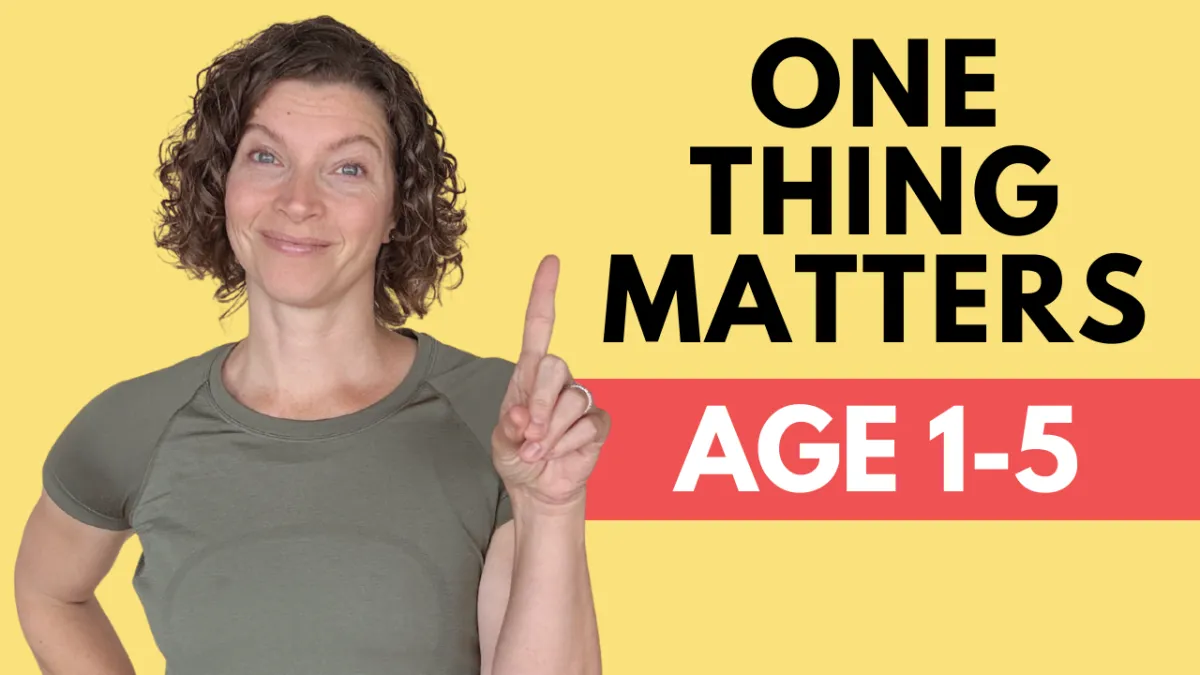
The Most Important Parenting Strategy for Babies 0-9 Months


There’s one simple concept that child development experts and clinical psychologists agree on, it has the power to shape your child’s emotional health, future relationships, and even long-term success.
It’s called secure attachment. And while it sounds like something that just happens when you love your baby, it’s actually more intentional than that.
Secure attachment means forming a deep emotional bond that teaches your baby the world is safe, adults are reliable, and their needs matter. It’s not about getting the perfect stroller or obsessing over milestones, it’s about how you consistently respond to your child.
Let’s break it down into three powerful principles that make it easier—not harder—to raise a calm, confident baby.
1. Responsive Caregiving: The #1 Tool Child Development Experts Use
Babies absorb information about the world through every interaction. They watch how quickly you respond to their cries. They study your facial expressions when they babble. And over time, they form expectations about whether adults will meet their needs.
This is why responsive caregiving matters so much.
Have you noticed your baby calms faster in your arms than with anyone else? Or stops crying the moment you enter the room? That’s not coincidence. That’s attachment forming in real time.
Even when you're tired or overwhelmed, showing up with calm, attentive responses teaches your baby that their voice matters. And when you do miss the mark? That’s okay. Repairing the moment (“Mommy was overwhelmed, but I’m here now”) teaches just as much.
2. Physical Contact and Social Interaction: You Can’t Spoil a Baby with Love
New parents often worry:
“If I hold my baby too much, will they become too dependent?”
The answer is clear—you can’t spoil a baby with love.
In fact, the absence of consistent contact is what creates anxiety and clinginess later. Babies thrive on eye contact, soothing tones, and gentle touch. These daily interactions reassure them that they’re not alone in the world.
Think of it this way:
Your baby is like a tourist in a foreign land and you’re the tour guide. When you acknowledge their babbles, respond to their cues, and meet their gaze, you’re helping them feel secure in a new world.
3. Reading the Cues: What Is My Baby Trying to Tell Me?
Instead of thinking, “Why are they being fussy again?” ask:
“What are they trying to communicate?”
Crying, clinginess, and “neediness” are all forms of early communication. Babies aren’t being difficult; they’re doing the best they can with the tools they have.
So when they cry and you’ve already checked the basics (diaper, food, temperature), take a breath and try saying:
“You’re telling me something important, and I’m listening.”
“Let me check what’s bothering you.”
“It’s okay. I’m here. We’ll figure it out together.”
Even if they’re too overwhelmed to be soothed in the moment, your calm presence and patience are what build long-term trust.
Over time, your baby learns:
Communication works.
I can trust my caregiver.
I don’t have to panic to be seen.
When Does Secure Attachment Begin?
Research shows that babies start forming attachment bonds within the first few months of life. By around 6 months, most babies:
Prefer familiar faces
React to your departure with separation anxiety
Light up with more smiles, babbles, and eye contact when you’re near
If you’re just learning about secure attachment now and feeling behind—you’re not too late.
You’re probably already doing more right than you realize.
Confidence Starts with Connection
When you practice responsive caregiving, provide consistent contact, and treat your baby’s cries as communication, you’re not spoiling them. You’re building a secure foundation for:
Emotional regulation
Strong communication
Lower stress levels
Better relationships
And yes, your life will get easier. You’ll spend less time guessing and more time connecting.
But what happens next, when your child hits the toddler years?
When you say “It’s time to brush teeth” and they scream? Or try to leave the playground and face a meltdown?
That’s when you need structure.
There’s a specific 5-step parenting framework I teach to help you handle tantrums, defiance, and tricky transitions—all while keeping that precious secure bond intact.
Click here to watch the free Balanced Parenting Workshop
It’s never too late to strengthen your bond with your child and equip them with the tools they need to thrive.
